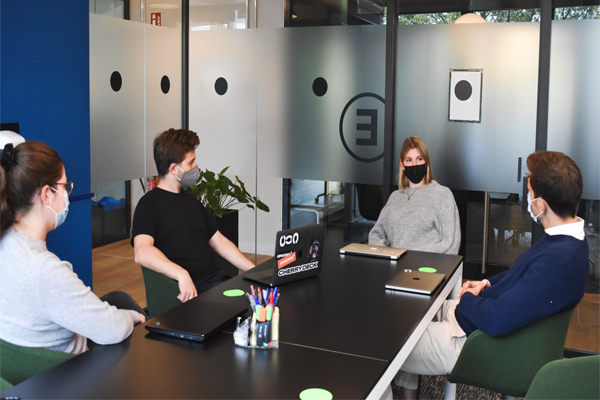Around 82% of US organisations will let employees decide when they feel safe and comfortable returning to the office, according to KPMG’s latest survey.
In fact, only 27% of employers plan to return office-based employees to physical locations in the short-term, with most pushing back the reopening of their workplaces to later in 2021. Some are even considering not requiring a return to the office at all, according to a new KPMG survey. Its Return to the Workplace report of US senior executives, reveals that only 18% firms are mandating that employees return to the office by a certain date, at this time.
“While it seems that employees are successfully working outside their traditional offices, employers have new questions about how to measure productivity in a virtual world,” said Atif Zaim, KPMG Advisory principal and Restarting America leader. “Organisations are working on new measures to avoid exposing employees to undue health risks through widespread return-to-office initiatives ahead of available vaccines.”
TECH SUPPORTING EMPLOYEE WELLBEING
KPMG’s survey also found that organisations are implementing a variety of measures to manage employee risk, with social distancing being the most frequent activity at 52%, followed by contact tracing at 48% and daily symptom checks at 44%.
Nearly all employers are investing in technologies that facilitate employee wellness (45%), readiness (43%) and workforce health tracking (41%). The survey also reveals an increased interest in technological investments that support risk management strategies, and help manage restart policies on an ongoing basis, even as organisations scale their virtual workforces in the future.

“In many ways Covid-19 has been a wake-up call for employers and has demonstrated that increased investment in programmes that support employee health, safety and wellness are critical to maintaining continuity of operations as well as attracting top talent,” noted Paul Hencoski, KPMG Advisory principal and Health and Government Solutions leader. “Technology can play a critical role in enabling more sophisticated approaches to employee wellness and disease risk management.”
FOCUS ON PROFITABILITY & CASH FLOW
As well as physical health, organisations are also focusing on profitability, cash flow and other financial planning, as 46% of senior leaders said that this is their number one priority. However, priorities vary by industry. Some companies, such as those in financial services and consumer and retail, are focusing on the digitisation of customer-facing operations, while industrial manufacturing companies are increasingly focusing on supply chain improvements.
“Investing in new workforce models will be an effective way to improve long-term profitability and viability,” said Joe Parente, KPMG Advisory principal and leader of Work Anywhere. Work Anywhere is KPMG’s human-centric and digitally-enabled approach to help organisations redesign the way work gets done. “By optimising the remote workforce to improve agility and productivity, organisations can balance financial resilience on both a short- and long-term basis,” added Parente.
An overwhelming majority of CEOs unanimously agree that diversity, equity and inclusion and employee wellbeing are their strategic priorities right now. Click here to read more.








































